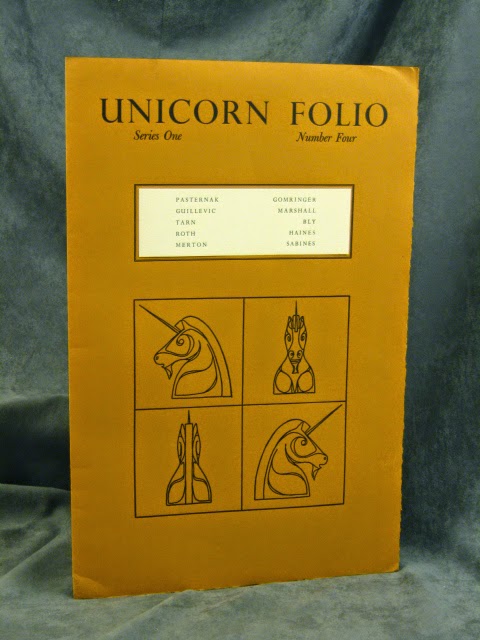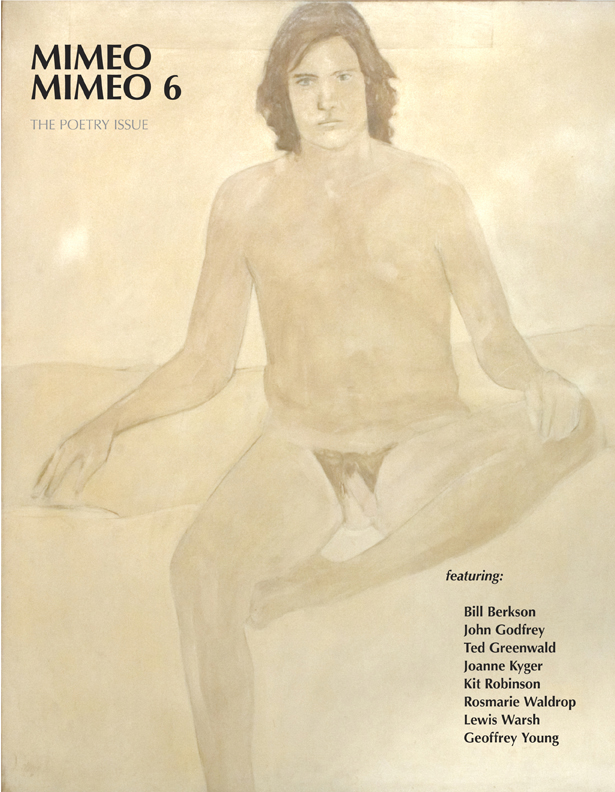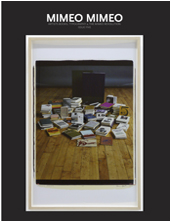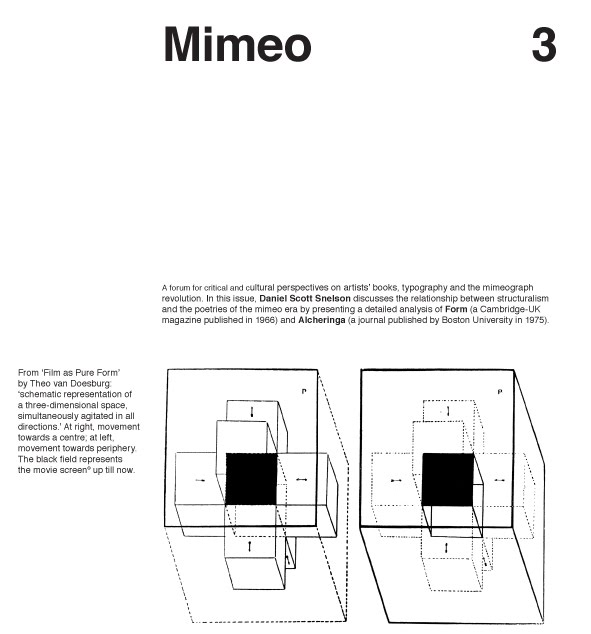I have made no secret of my deep appreciation of the work being done by the Lost and Found Series at CUNY. They are doing remarkable recovery projects over there and I recommend everybody buying everything they have put out. Well, I just got their most recent newsletter and I was pleased to see that editor Michael Seth Stewart in conjunction with Lost and Found and City Lights has a book out on the selected journals by John Wieners. Get a copy
here. Stewart also has some speaking engagements planned. I eagerly look forward to reading this collection. I was a huge fan of the job Stewart did on the selected letters of Wieners and Charles Olson a while back for the Lost and Found Series. Simply wonderful and I had the pleasure of talking to Stewart briefly at the Burroughs Conference at CUNY in 2014, where I expressed my admiration. I am very happy to see him getting wider exposure, not just for himself but also for Wieners.
In celebration of this new collection of previously unpublished material, I would like to present Stewart with Wieners' crushing review of John Rechy's
City of Night from Floating Bear 27. I recommend Stewart's collection of Wieners and Olson letters has strongly as Wieners condemns Rechy. I only present Wieners' review because I have the hope that it, like the journals and letters that Stewart has recovered, has not been presented before the reading public for quite some time. I am sure Stewart is aware of this review, the level of his research is astounding, but it is the best I can do. Congrats and I look forward to reading the journals.
THE REPORTERS
a review by John Wieners
Dear City Of Night:
I know you too well. I think your
men’s rooms stink. I was arrested in
one. Which is more than you can
say. I think that if you were arrested,
you would have written a different book.
I don’t think that is your language at all, in City
of Night. I think the City of Night is
very articulate, or not articulate at all, whichever way you want to look at
it.
And a man who reads Colette should look at it a
different way, than say, a journeying longshoreman. I admit I haven’t read you all yet, but that
is because you are hard to do. There is
no difference in you, whether you happen to be in New York or San Francisco,
the place doesn’t seem to affect any difference in your articulateness. The city is a loose, sprawling place. It doesn’t seem to bunch you up so you can
communicate anything to anyone else except desparateness, or articulate
frenzy. The place doesn’t change, only
the people do. And do you know, after a
while, that they are all going to act the same way. But to get back to language. How can anyone straight read your book?
If only from a morbid curiousity. For it’s morally corrupting. I don’t mean in a moral sense, but in the
sense that your senses are impaired by coming into contact with that sort of
artificial, hysterical neon-lit cheap glamour, that has no mystery to it, only
the drabness of daylight at dawn. Like
the dawn, it has no impulse to it at all.
It just drifts in, and makes one impatient. To be out, spreading his own light. And I didn’t like your boo, because I just
wanted to go to bed, and pretend your world didn’t exist, and that I would not
have bad dreams because of it.
And I didn’t.
That is how real your book is. It
didn’t even affect the unconscious. Of
course, it does affect the real conscious.
I can see Harvard seniors running off to Times Square after they finish
reading it. Or myself even; I never see
a boot but I think of the man who turned around and rolled his tongue along
yours. But who cares. It is not a work of the imagination, despite
the carefully worded descriptions, and carefully built up artificially recorded
conversations.
It is a world of false holocaust. The desert and the wind are within you. And the dead dog. They die in Dr. Faustus, too, but she, a real
master of the flux and fall of reality, its true glamour, and light, knows
there is no real tragedy in that.
Tragedy is dead, along with us, if we perpetuate that valley of shadows
amongst us. Oh, somebody, please turn
off the lights. There is no true City of
the Night with them on. There is no
truth of darkness. The snake does appear
but we wouldn’t know, with this all-seeing One with his all-seeing eye about
us. Go blind first, Mr. City of Night,
and then tell us of the darkness.
We know you have been dragged along the streets, and
rousted, and hustled, and shook down, and blown but have you ever opened the
windows to let the night come in. And
you were nowhere to be found, and record it for us.
That is the way we want it. Some boy might say: “It’s the story of my life.” But it’s the story of all our lives, and
nobody cares but ourselves. I admit it’s
better than the newspapers, and a record of the times, but of the true rhythm
and destruction of life, our truth as we live it, maybe in an instant apart
from other, is there any of that?
Is there any true contemplation or revelation in
it? Or merely just a record that is
pretty scratched and lightly worn. One
does not feel changed, by your art or life, Mr. City of Night. One does not feel disgusted or shocked. One does not seem any part of it. It is a becoming and a going apart. It is what we do with our daytimes and
nights. It does not touch the depths,
much as McClure’s Meat Science Essays do not reveal any truth about heroin, or
cocaine, or peyote, other than what he finds.
What else can we hope for? from
them. Only that they touch a spot we
have all encountered. Not just a surface
reporting. A reportage of the
depths. A dimension that is limited to
one. Not a moon-shot. Nor a hot
shot. Not death.
I don’t want it.
I only know The Rainbow Comes and Goes by Diana Cooper tells me more
about morphine and addiction than William Burroughs. But there you go again. Clawing at your masters. Let them be.
Let women speak. They know. They speak so seldom about such matters. But they know. That is why they get shot, and never appear
in your City of Night, except as shadowy creatures, like Gene De Lancey, and
all she does is provoke tears in you.
Dear City of Night, come home, sleep with them, find what joy it
is. Just to sleep, not to touch. Let us touch hands. Let us pass the book back and forth. We only want to know. What is there is know but the unknown. The known is here before us. We don’t need that, except as it appears in
the beauty out of your eye. It doesn’t
have to be reported. It can be catched
in a word, an image, not in well-developed phrases, and well-thought of words
alone. Let madness come. It doesn’t teach anything. It merely says, beware, the men are
around. Near you the depths. Disaster and disease await. Avoid them, at all cost. You have to surrender yourself to attain
self.
That flows through the universe, activating the
stars.
II
Well, we all have been through the City of Night, we
all have used peyote; and had nightmares and delusions; there isn’t even any
madness anymore, because the attendants are always around, and see to it that
no one goes mad. They also give us bills
for it. And pills. So hallucinogen world I don’t want. It’s been Hallucinogen? all along.
Even in childhood. What greater
hallucinogen is there than that.
So City of Night, you don’t terrify, you don’t
inform, you don’t affect us, you just mystify, bring back unpleasant
contaminated memories, that doesn’t cleanse, purify, cost us, anything at all.
All we do is boring, all we can do is expect someone
will come along to terrify us, bore us, become us, betray us, be anything to
us. But be close, be the thing the way
it is, or isn’t, but be something, don’t be dull, flat, one-dimensional
landscape, that even doesn’t occupy yourself, except that it holds out an easy
way to attain something that you think will fill us or you with despair,
nausea, moral learning, disgust, hallucination, evoke memories, of our past,
show us the thing the way it is, the way you see it, when all it does, is bore
us, and send shivers along our skin, our ears fill up with bloat and bilge;
it’s no wonder Cain’s Book is on a houseboat-barge although it does have some
interesting things to say on firelight, Fay, the scene, and the orchid-bulb in
the dropper. We float among them. We don’t need to be told. It is done for us, anyway. You don’t mean a thing for you ain’t got the
thing by its tail, swung as we are, above our own heads, by that mysterious
force which is so evident in some or all of us, but so missing in yours or
them. For I classify you together: the reporters.
JB




























 MIMEO MIMEO #8: CURATORS' CHOICE features 16 bibliophiles on 6 highlights from their personal or institutional collections. Contributors include Steve Clay, Wendy Burk, Tony White, Brian Cassidy, Thurston Moore, J.A. Lee, Michelle Strizever, Adam Davis, Michael Basinski, Joseph Newland, Alastair Johnston, Tate Shaw, Michael Kasper, Steve Woodall, Molly Schwartzberg, Nancy Kuhl, James Maynard, and the Utah posse (Becky Thomas, Marnie Powers-Torrey, Craig Dworkin, Emily Tipps, Luise Poulton, & David Wolske)
MIMEO MIMEO #8: CURATORS' CHOICE features 16 bibliophiles on 6 highlights from their personal or institutional collections. Contributors include Steve Clay, Wendy Burk, Tony White, Brian Cassidy, Thurston Moore, J.A. Lee, Michelle Strizever, Adam Davis, Michael Basinski, Joseph Newland, Alastair Johnston, Tate Shaw, Michael Kasper, Steve Woodall, Molly Schwartzberg, Nancy Kuhl, James Maynard, and the Utah posse (Becky Thomas, Marnie Powers-Torrey, Craig Dworkin, Emily Tipps, Luise Poulton, & David Wolske) MIMEO MIMEO #7: THE LEWIS WARSH ISSUE is the first magazine ever devoted in its entirety to poet, novelist, publisher, teacher, and collage artist Lewis Warsh. Warsh was born in 1944 in the Bronx, co-founded Angel Hair Magazine and Books with Anne Waldman in 1966, and went on to co-found United Artists Magazine and Books with Bernadette Mayer in 1977. He is the author of over thirty books of poetry, fiction and autobiography, the Director of the MFA program in Creative Writing at Long Island University in Brooklyn, and as you’ll soon discover, so much more. Includes an introduction by Daniel Kane, an interview conducted by Steve Clay, 10 new stories, 5 new poems, dozens of photographs and collages, and an anecdotal bibliography.
OUT OF PRINT
MIMEO MIMEO #7: THE LEWIS WARSH ISSUE is the first magazine ever devoted in its entirety to poet, novelist, publisher, teacher, and collage artist Lewis Warsh. Warsh was born in 1944 in the Bronx, co-founded Angel Hair Magazine and Books with Anne Waldman in 1966, and went on to co-found United Artists Magazine and Books with Bernadette Mayer in 1977. He is the author of over thirty books of poetry, fiction and autobiography, the Director of the MFA program in Creative Writing at Long Island University in Brooklyn, and as you’ll soon discover, so much more. Includes an introduction by Daniel Kane, an interview conducted by Steve Clay, 10 new stories, 5 new poems, dozens of photographs and collages, and an anecdotal bibliography.
OUT OF PRINT
 MIMEO MIMEO #6: THE POETRY ISSUE is devoted to new work by eight poets who have consistently composed quality writing that has influenced and inspired generations since the golden era of the mimeo revolution. Contributors include Bill Berkson, John Godfrey, Ted Greenwald, Joanne Kyger, Kit Robinson, Rosmarie Waldrop, Lewis Warsh, and Geoffrey Young. Cover art by George Schneeman.
OUT OF PRINT
MIMEO MIMEO #6: THE POETRY ISSUE is devoted to new work by eight poets who have consistently composed quality writing that has influenced and inspired generations since the golden era of the mimeo revolution. Contributors include Bill Berkson, John Godfrey, Ted Greenwald, Joanne Kyger, Kit Robinson, Rosmarie Waldrop, Lewis Warsh, and Geoffrey Young. Cover art by George Schneeman.
OUT OF PRINT


 MIMEO MIMEO #3: THE DANNY SNELSON ISSUE examines the relationship between structuralism and the poetries of the mimeo era by presenting a detailed analysis of Form (a Cambridge-UK magazine published in 1966) and Alcheringa (a journal published by Boston University in 1975), two exemplary gatherings that illuminate the historical, material and social circumstances under which theory informed art (and vice versa) in the early works of some of today's most celebrated experimental writers. Also includes a special insert, The Infernal Method, written, designed and printed by Aaron Cohick (NewLights Press).
OUT OF PRINT
MIMEO MIMEO #3: THE DANNY SNELSON ISSUE examines the relationship between structuralism and the poetries of the mimeo era by presenting a detailed analysis of Form (a Cambridge-UK magazine published in 1966) and Alcheringa (a journal published by Boston University in 1975), two exemplary gatherings that illuminate the historical, material and social circumstances under which theory informed art (and vice versa) in the early works of some of today's most celebrated experimental writers. Also includes a special insert, The Infernal Method, written, designed and printed by Aaron Cohick (NewLights Press).
OUT OF PRINT
 MIMEO MIMEO #2: features Emily McVarish on her artist's book Flicker; James Maynard on poet Robert Duncan's early experiences as an editor and typesetter; Derek Beaulieu on the relationship between the influential Canadian poetry journal Tish and Black Mountain College; and an extensive interview with Australian poet and typographer Alan Loney conducted by Kyle Schlesinger. Cover is by Emily McVarish.
OUT OF PRINT
MIMEO MIMEO #2: features Emily McVarish on her artist's book Flicker; James Maynard on poet Robert Duncan's early experiences as an editor and typesetter; Derek Beaulieu on the relationship between the influential Canadian poetry journal Tish and Black Mountain College; and an extensive interview with Australian poet and typographer Alan Loney conducted by Kyle Schlesinger. Cover is by Emily McVarish.
OUT OF PRINT

